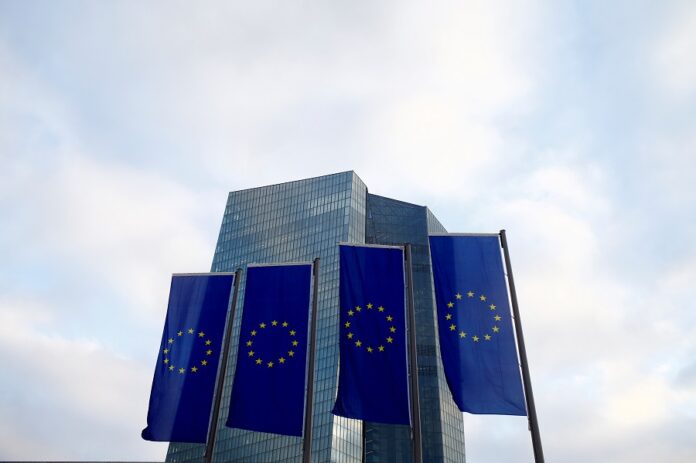European Union finance ministers agreed on Wednesday the latest reform of the bloc’s two-decade-old fiscal rules, allowing more time to cut public debt and creating incentives for public investment even during budget consolidation, according to Reuters.
The reform comes after national debt levels were pushed to record highs by pandemic recovery programmes and with the region needing to embark on new spending to keep its climate, industrial policy and security goals on track.
“We have now reached a good agreement on the EU’s fiscal rules,” said Dutch Finance Minister Sigrid Kaag. “This agreement provides for fiscal rules that encourage reforms, with room for investments and tailored to the specific situation of the member state in question.”
The new rules set minimum amounts of average deficit and debt reduction a government must observe, to satisfy the frugal camp of EU countries that is led by Germany. But, in general, the new rules are more lenient than the previous framework, marking a win for the mostly southern countries led by France.
The deal will now be negotiated with the European Parliament before it becomes law. While some details might get tweaked, the broad thrust of the changes is unlikely to be altered.
The agreement will have no impact on the EU’s fiscal policy in 2024 because national budgets for next year have already been decided on the basis of guidelines agreed earlier in 2023.
But the new rules will set a slow, but steady pace of deficit and debt reduction from 2025 over four to seven years, with the longer option available if a country undertakes reforms and investments in areas the EU prioritises.
Italy, which insisted that reforms and investments already agreed under the EU’s post-pandemic recovery plan should be enough to get the extension to seven years, got what it wanted.
“We consider positively the acceptance of our initial requests for the automatic extension of the plan linked to the National Recovery Plan investments,” Italian Finance Minister Giancarlo Giorgetti said in a statement.
France obtained a concession that interest payments would be excluded from the deficit-cutting effort until 2027 for those with budget gaps above 3% of gross domestic product. That will allow Paris more wiggle room that it wants to use for investment.
To satisfy Germany and its frugal camp, the new rules establish a safety buffer of 1.5% of GDP below the EU deficit ceiling of 3% of GDP. Governments will have to aim for the 1.5%, so that unexpected events during the year do not easily push them beyond the limit.
The deal is the fourth reform of the EU fiscal rules, called the Stability and Growth Pact, meant to underpin the value of the EU’s single-euro currency by limiting government borrowing.
Acting as a substitute for a single EU fiscal policy to counterbalance the European Central Bank’s monetary policy, the pact is a set of rules safeguarding the EU’s ceilings of 3% of GDP for government deficit and 60% of GDP for public debt.
The reform was necessary because the COVID-19 pandemic and the energy price crisis caused by the Russian invasion of Ukraine caused a surge in public debt that made the previous rules unrealistically tough.
While the old rules demanded that a high-debt country like Italy cut its debt every year by 1/20 of the excess over 60% of GDP, or 4% of GDP for Rome, the new rules call for only a minimum of 1% of GDP annual debt reduction on average.
Since many EU governments will have to consolidate public finances while making huge investments to shift from fossil fuels to renewable energy, the new rules give more time for consolidation in exchange for such reforms and investment.
The new rules also give special treatment to defence spending, a sensitive topic for many EU government after the Russian invasion of Ukraine, and focus on net spending rather than the structural or headline budget deficit, as net expenditure is directly under a government’s control.


